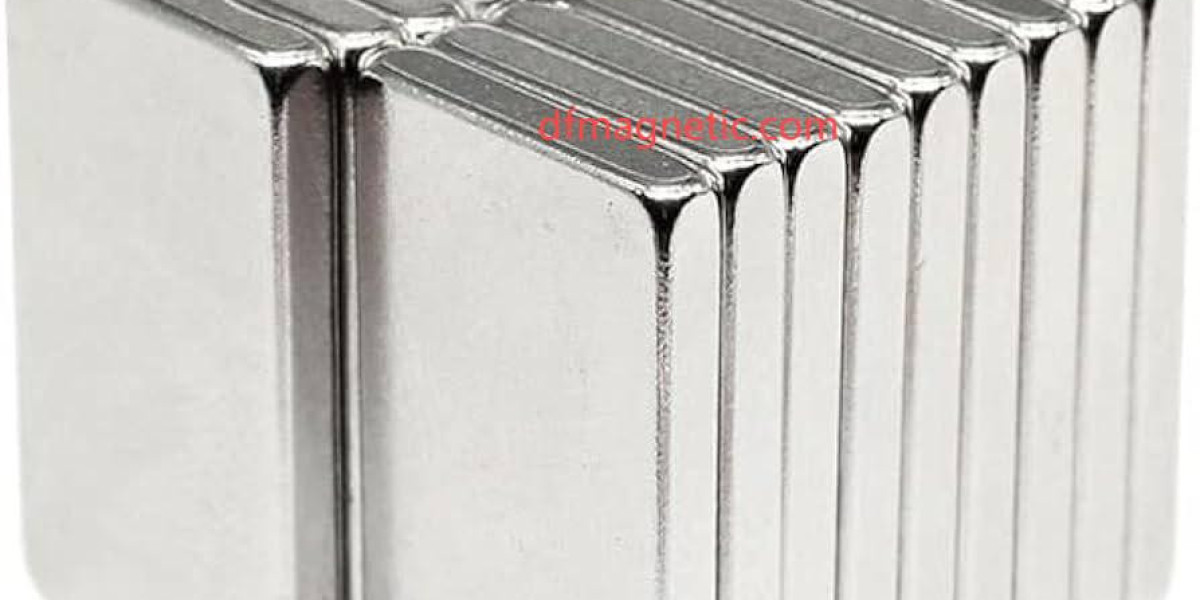As the global automotive industry accelerates toward electrification, Special Shaped Sintered NdFeB Magnets are redefining the efficiency and performance benchmarks of next-generation vehicles. Renowned for their unparalleled magnetic strength and adaptability to complex geometries, these magnets are pivotal in driving innovations across electric motors, energy recovery systems, and advanced battery management technologies. By harmonizing material science with precision engineering, Special Shaped Sintered NdFeB Magnets enable automakers to meet escalating demands for energy density, thermal stability, and sustainable design in electric vehicles (EVs).
The unique geometries of these magnets—such as arc segments, trapezoidal blocks, or custom-curved designs—optimize magnetic flux distribution in compact motor architectures. This ensures higher torque output and reduced energy losses, critical for extending EV range and enhancing acceleration performance. Advanced sintering techniques further refine their microstructure, enhancing coercivity and resistance to demagnetization even under high-temperature operating conditions typical of EV powertrains. Such innovations address historical challenges like thermal degradation, ensuring reliability in demanding environments.
Material advancements are equally transformative. The integration of nanostructured additives and corrosion-resistant coatings, such as nickel or epoxy, extends operational lifespans while maintaining compliance with eco-friendly manufacturing standards . These coatings also mitigate eddy current losses in high-speed motors, a breakthrough that aligns with the industry’s push for lightweight, high-efficiency designs.
Customization capabilities unlock new possibilities for EV applications. For instance, thin-profile magnets enable slimmer motor designs without compromising power density, while segmented shapes improve heat dissipation in battery cooling systems. Collaborative R&D efforts are also exploring hybrid magnet configurations, combining NdFeB with alternative materials like ferrite to reduce reliance on rare-earth elements—a strategic response to resource sustainability concerns.
Looking ahead, the synergy between digital manufacturing and sustainable practices will drive the next wave of innovation. AI-driven production lines optimize material usage and reduce waste, while closed-loop recycling systems ensure end-of-life magnets are repurposed into new components. As global EV adoption surges, Special Shaped Sintered NdFeB Magnets stand at the forefront of a green mobility revolution, where cutting-edge engineering meets planetary stewardship.
dfmagnetic.com







